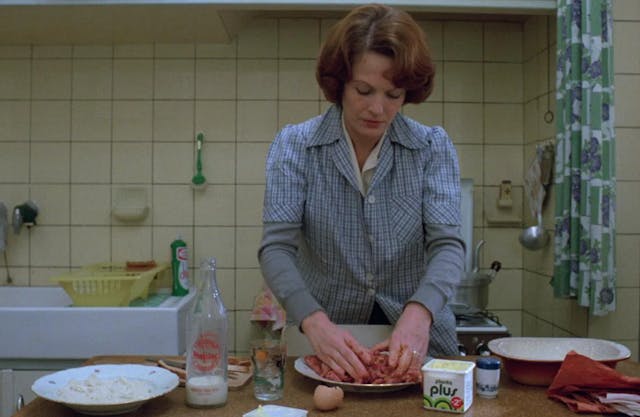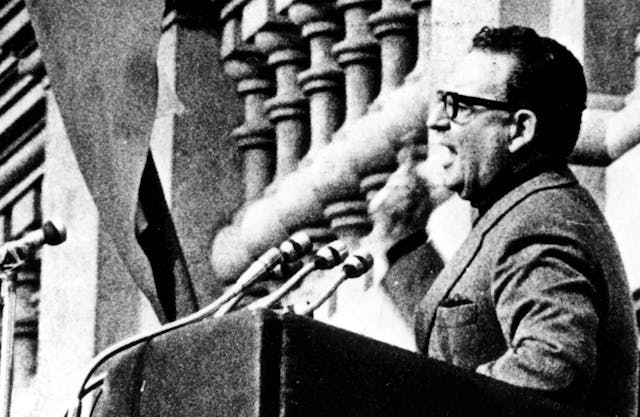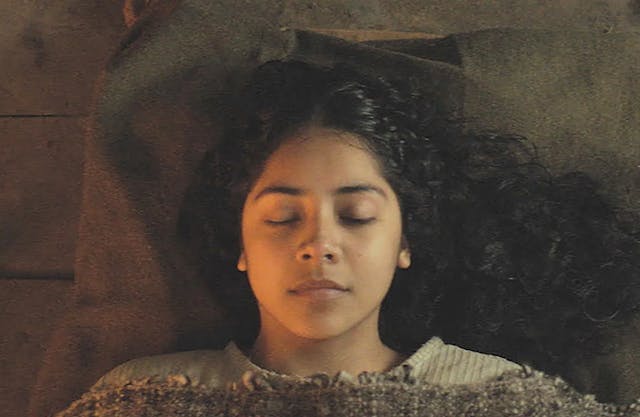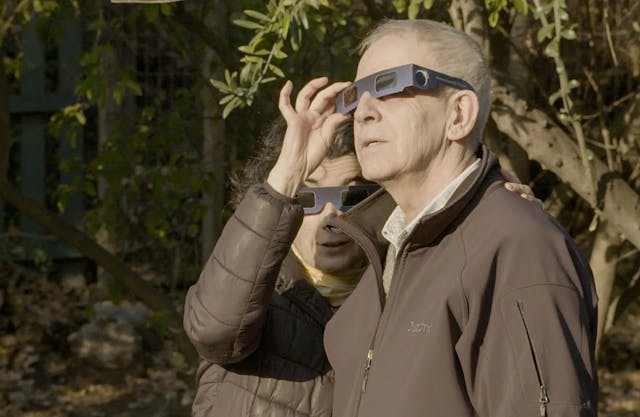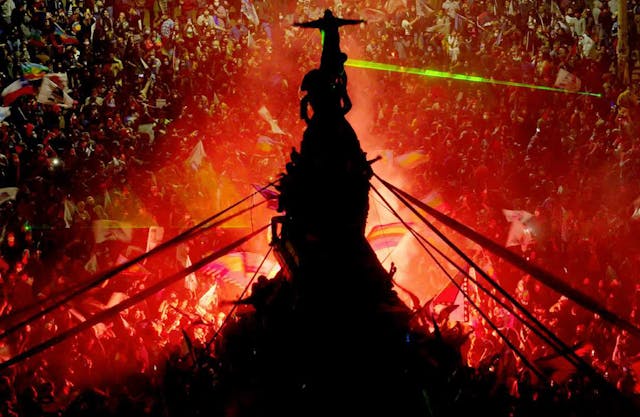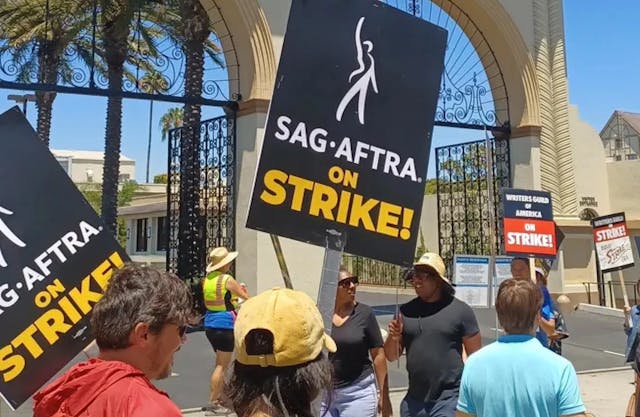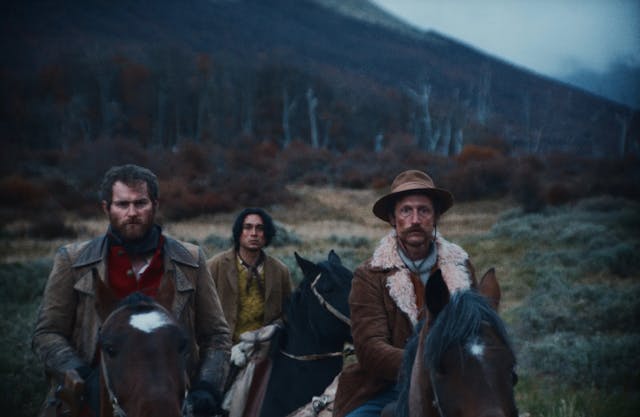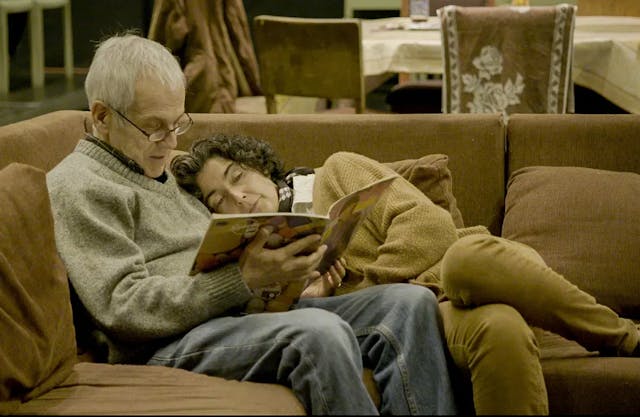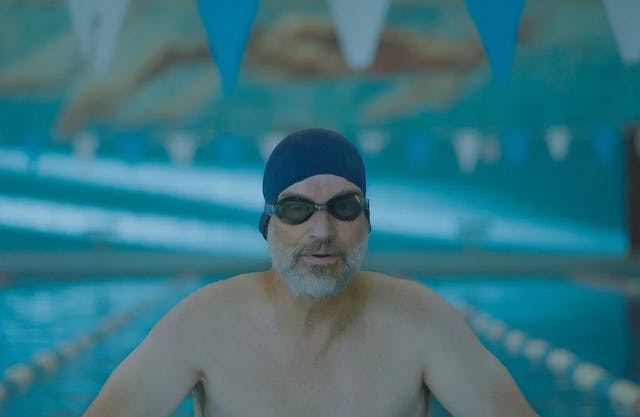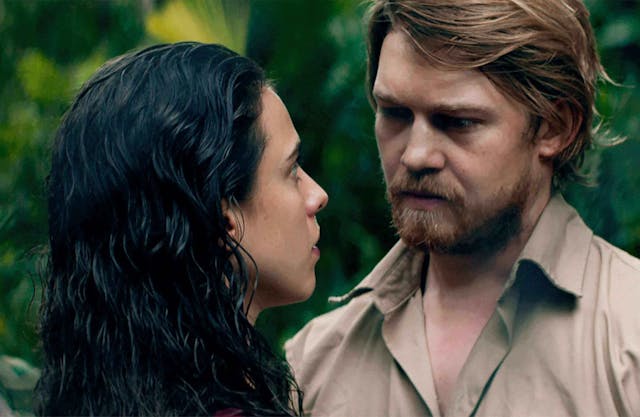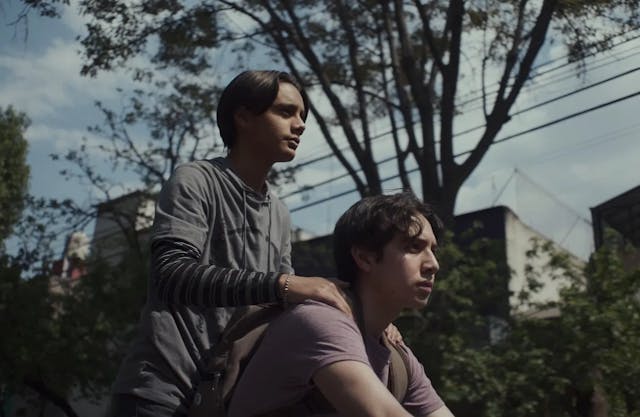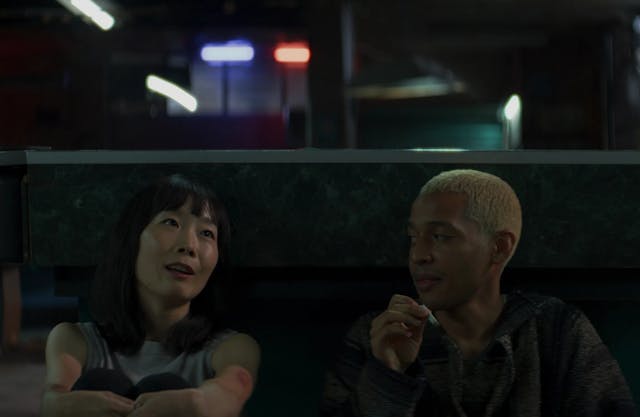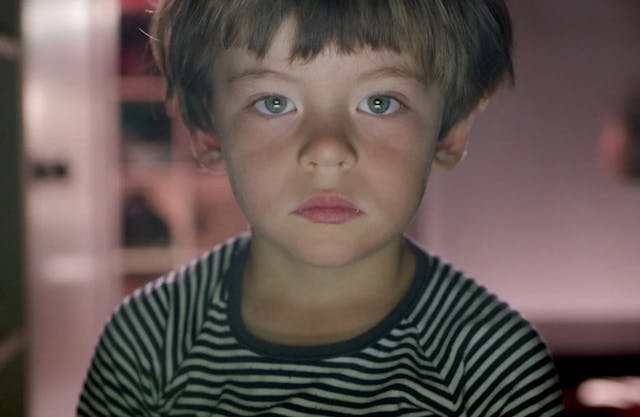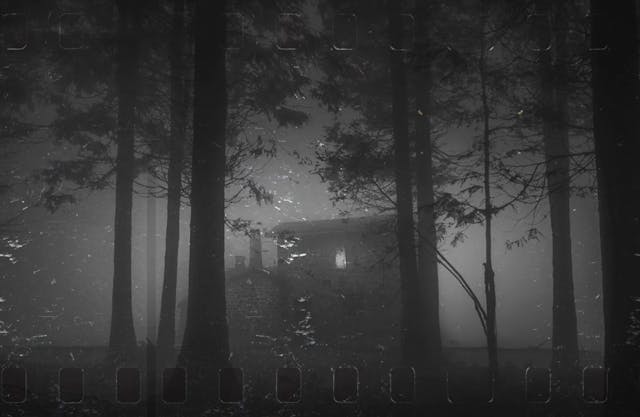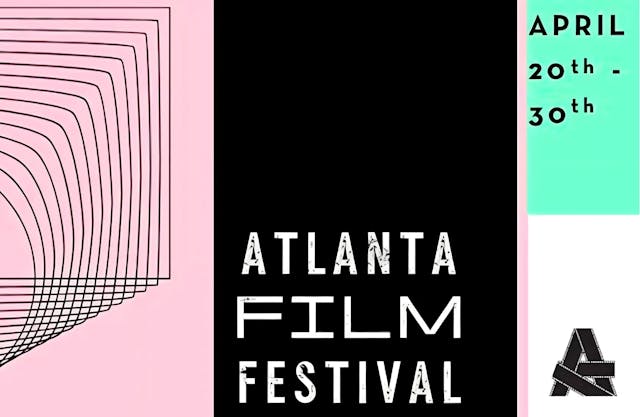Lost Continent: LATAM-Sized Blind Spot in the 2022 Sight & Sound Poll
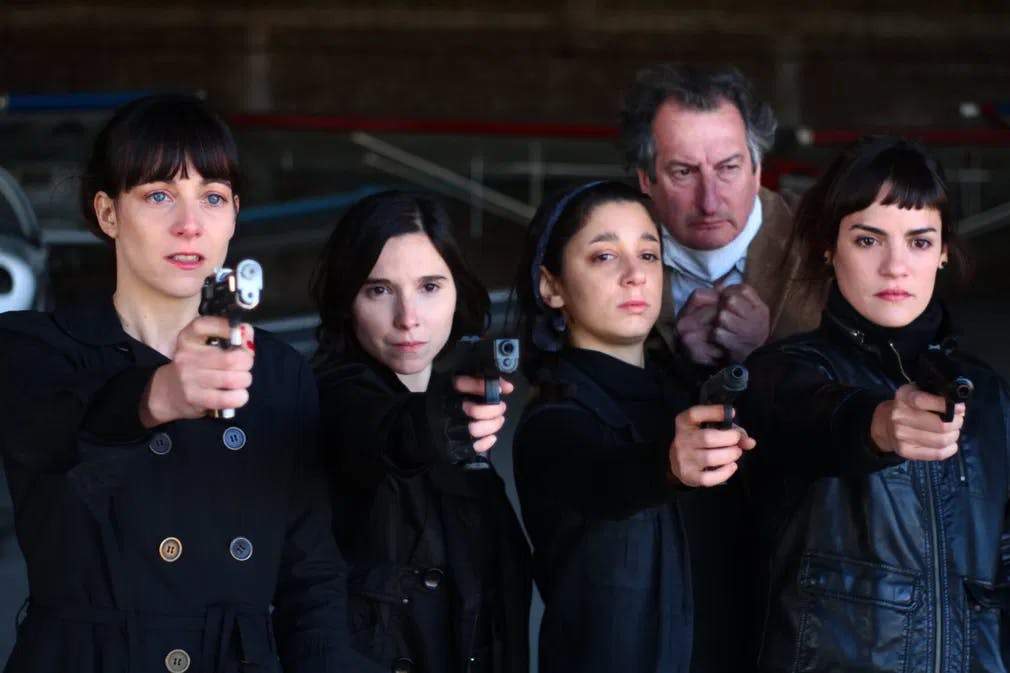
Do we have your attention now?: Carricajo, Gamboa, Correa and Paredes shoot to kill in La Flor / Photo: Grasshopper Video
The 2022 Sight & Sound Greatest Film of All Time Poll dropped to much controversy. Stirring up controversy is par for the course for exercises of this nature. Much of the discontent concentrated on the merits of the new number-one film, Jeanne Dielman, 23 Quai du Commerce, 1080 Bruxelles (Chantal Akerman, 1975). Inquiring minds want to know why a film made by a woman about womanly issues threatens men everywhere, including those who do not care for cinema as art. Spoiler alert: it does not. Neither should you be bothered by the appearance of Portrait of a Lady on Fire (Celine Sciamma, 2019) or Moonlight (Barry Jenkins, 2015). Many classics and old favorites rise or fall down the scale or get off altogether. Blame it on the flintiness of taste and the dynamics of poll-taking.
Polls like this offer a snapshot of a moment, and the most troubling development for me is the complete absence of films from Latin America. Some voters may have written down films from Luis Buñuel’s Mexican phase on their ballots, but not enough people did so to have any of them crack the 100. His oeuvre is widely available. Maybe that is why people take him for granted. Everybody else falls victim to spotty access. It is hard to get to those films, and even within the region, movies do not travel from one country to another.
Here is a short list of movies worthy of inclusion, ripe for (re)discovery.
El Ángel Exterminador(Luis Buñuel, 1962):
Spanish director Luis Buñuel went into exile in Mexico to save himself from the Francisco Franco dictatorship. It became a home base for the rest of his life. He managed to carve a niche in the industry and stayed true to his surreal, iconoclast vision. The Exterminating Angel is a savage social satire about a group of swell aristocrats who get together for a dinner party. Then, they are unable to leave the well-appointed salon of their host. In a matter of hours, this microcosmos of society degrades spectacularly. Available to stream and own on physical media via Criterion.
Memorias del Subdesarrollo (Tomás Gutiérrez Alea, 1962):
under the influence of the Soviet Union, the Fidel Castro regime in Cuba dedicated a lot of resources to audiovisual production. In the mid-20th Century, cinema was the prime propaganda tool. The régime invested plentiful resources towards establishing local production. Tomás Gutierrez Alea was the scion of a bourgeois family who fell for the revolution. He went on to head the famed Instituto Cubano de Arte e Industria Cinematográfica (ICAIC) and amassed an impressive body of work. While a true believer in the system, his devastating sense of humor allowed him to go beyond propaganda and make devastating comedy out of socialist mores. Memories of Underdevelopment follows the day-to-day life of a well-to-do man stranded in the revolutionary utopia, at odds with the new order. Restored by Film Foundation World Cinema Project. Available on the Criterion Collection.
La Batalla de Chile (Patricio Guzman, 1975-1979):
Chile’s most eminent documentarian released his latest film, My Imaginary Country, in 2022. Alas, his call to fame came decades ago, with this monumental three-part feature covering the rise and fall of Salvador Allende from an insider point of view. Recently arrived from studying filmmaking in Europe, Guzmán inserted himself in the circle of power, earning a privileged point of view to record history in the making. He was there when the military coup led by Augusto Pinochet took over. He was imprisoned and tortured and fled into exile. There, he completed this pulse-pounding, masterful work. All three parts are available for digital rental at Prime Video. On September 8, 2023, Icarus Films will premier a new 2K restoration of at the Brooklyn Academy of Music (BAM) in New York City. After a week-long run, it will tour other cities in the US. September 11, 2023, marks the 50th anniversary of the coup that installed the Pinochet dictatorship in Chile.
El Norte (Gregory Nava, 1983):
There are so many Latinos in the US that one could argue it is part of Latin America. San Diego-born Gregory Nava wrote and directed this moving tale about a Guatemalan brother and sister risking everything to migrate north and follow the American Dream. Thirty years later, the movie feels just as current as the day it was released. It earned Nava and co-screenwriter Anna Thomas an Academy Award nomination for Best Original Screenplay. In 1985, the Library of Congress chose it for the National Film Registry. Available on physical media via The Criterion Collection.
La Flor (Mariano Llinás, 2018):
ou will need to invest more than half a day of your life to see this daring conceptual narrative experiment from Argentina, but trust me, it is worth every second. The movie comprises six disconnected stories. Some of them have no end, others no beginning. And one of them is a self-contained remake of A Day in the Country (Jean Renoir, 1946). Frustration leads to acceptance, as you learn on the go to sink into the now. The 13 hours and 28 minutes-long epic is held together by the towering performances of four actresses. Elisa Carricajo, Valeria Correa, Pilar Gamboa, and Laura Paredes should go on to become household names. Available via Grasshopper Video.
If you want something more classical, check out The Bitter Stems (Fernando Ayala, 1956), a film noir that has nothing to envy the 20th Century Fox classics of the genre.
"City of Gods" (Fernando Meirelles & Kátia Lund, 2022):
"City of God" came out of nowhere with guns blazing. Imagine Goodfellas in the favelas, and you get an idea of how this adrenaline-ridden coming-of-age story works its magic on the public. It covers decades in the lives of friends gunning from rags to riches through crime. It was nominated for four Academy Awards, including Best Director, and became a hit on the art house circuit.
Vámonos con Pancho Villa (Fernando de Fuentes, 1936):
We tend to identify the Golden Age of Mexican Cinema with ranchera musical comedies and luscious melodramas. Those were the most popular genres, but there is much more to this historical movement. My favorite is this lacerating political drama about a group of friends gunning to join revolutionary Pancho Villa in his fight against the Porfirio Diaz regime. Revolution sounds nice, but it is war. And war is hell. Let's Go with Pancho Villa is the final film in a trilogy of stories dealing with the Mexican Revolution, completed by El Prisionero 13 (De Fuentes,1933) and Compadre Mendoza (Juan Bustillo Oro, De Fuentes, 1934). It was lovingly restored by the Filmoteca de la Universidad Autónoma de México a few years ago. Alas, it is not currently available with English subtitles. I hope Criterion, Kino, or any other label gets on it. In the meantime, if you speak Spanish, the movie is available for free at Filmoteca’s YouTube Channel.
For more Golden Age goodness, check out the stately horror of El Fantasma del Convento (Fernando de Fuentes, 1934) or the gothic romance of Dos Monjes (Jaime Bustillo Oro, 1934)
Want to get an email when we publish new content?
Subscribe today